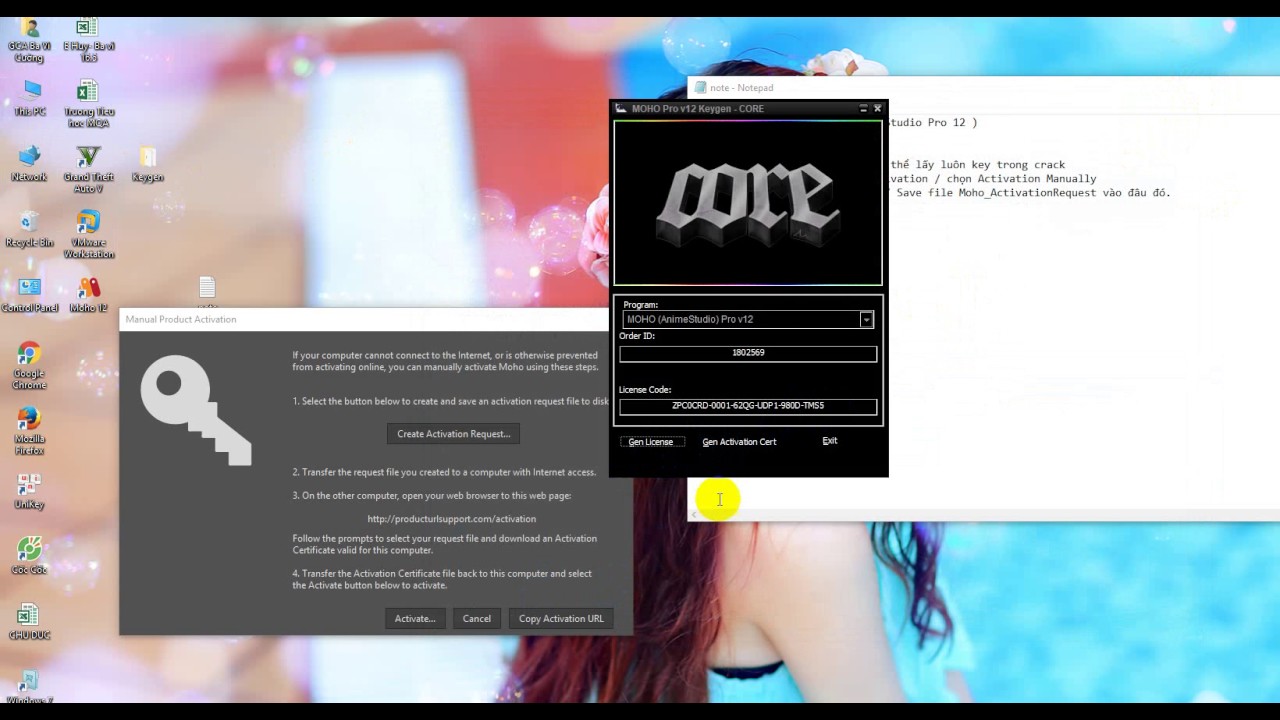

In that case the deformation is persistent over multiple frames AND always deforms the original library source image, so the xerox of a xerox degradation doesn't occur. except in the case where the deformation reuses the same source image from the library. Also, there is a cumulative degradation/softening of the original image over subsequent frames (like a xerox of a xerox of a xerox.) Since the grid starts freshly "re-squared" after each deformation, progressive, multi-frame interpolation isn't part of the WARP concept. Each time the new deformation is redrawn and stamped, the deformed grid is thrown away and a new, "re-squared" grid is drawn over the deformed pixels of the previous result. The WARP concept works with a grid which subdivides the pixel field, then redraws/interpolates the pixel content of each cell in the grid to deform the original pixel image.

I think the two concepts are fundamentally different.īezier handles are vector based and work with curve values which can be interpolated.


 0 kommentar(er)
0 kommentar(er)
